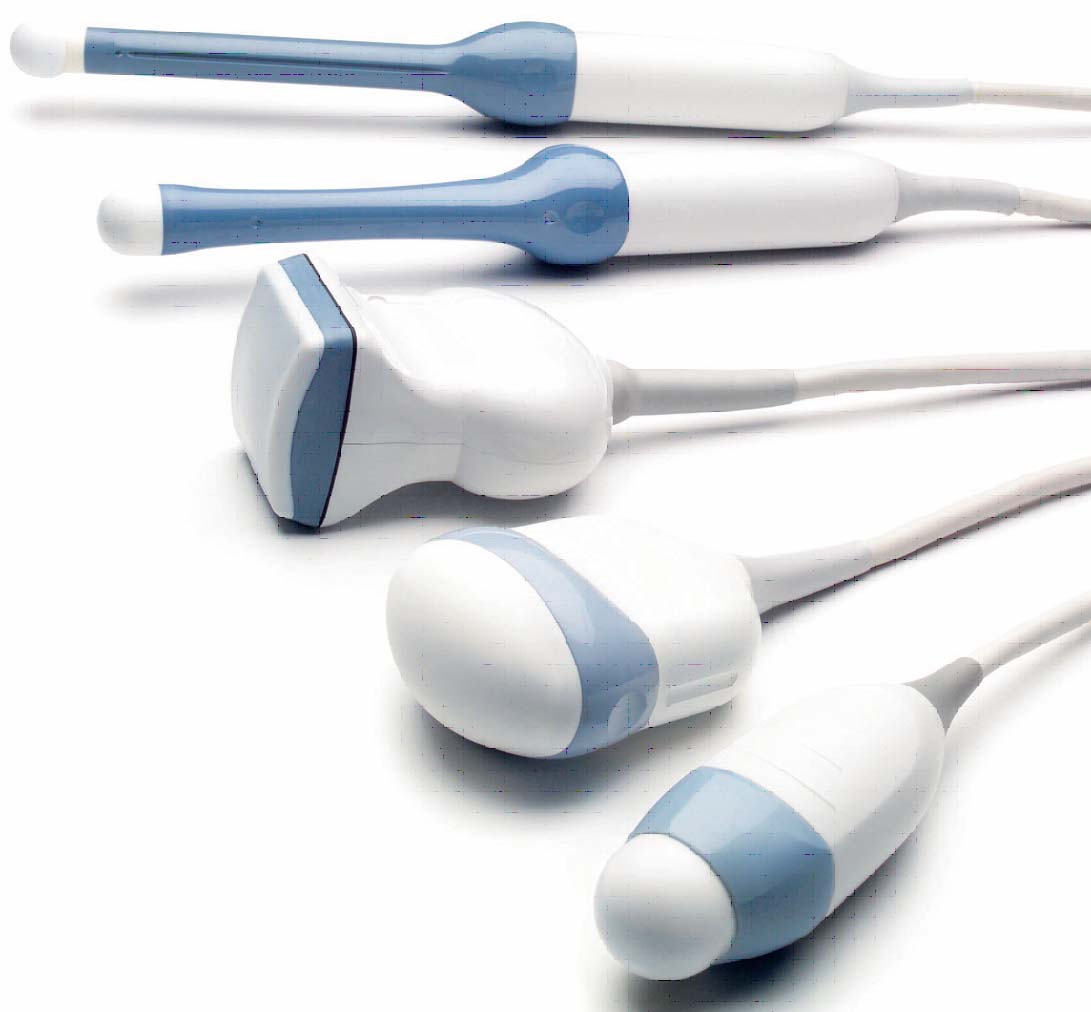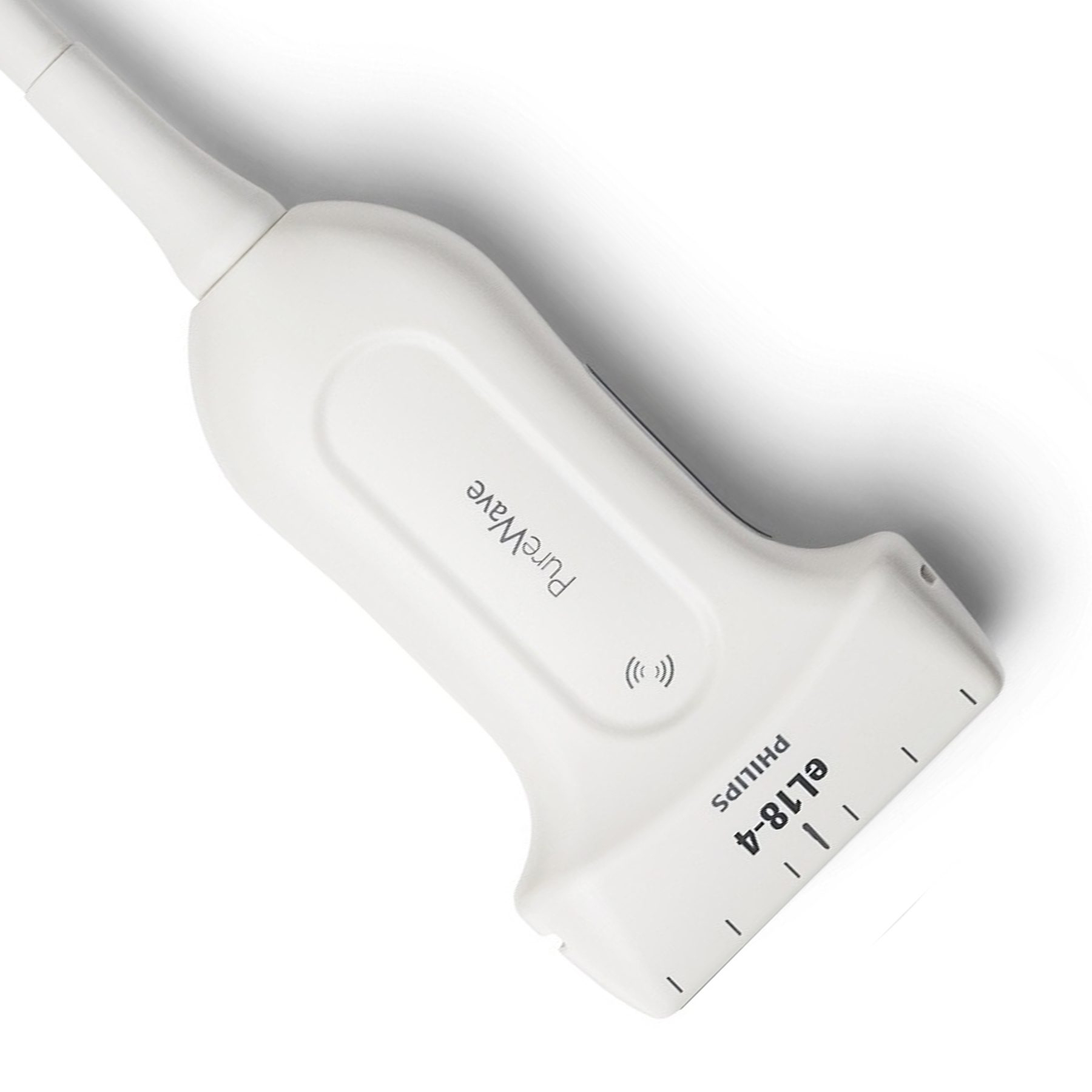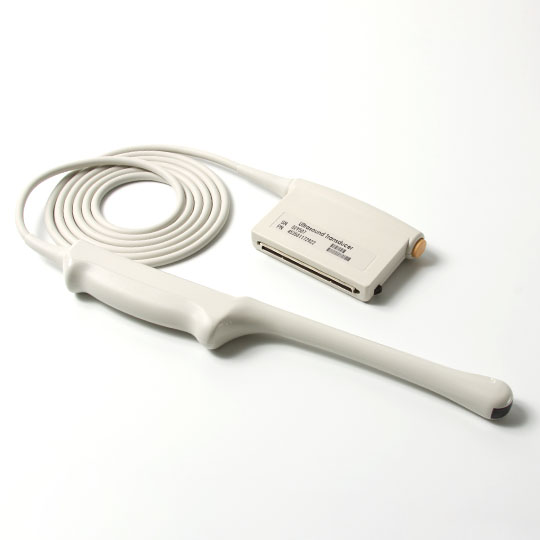Pregnancy is an exciting and emotional journey for expectant parents, and advancements in medical technology have allowed for a closer look at the developing fetus. A common technique that provides a three-dimensional glimpse of the baby within the womb is 3D ultrasonography. However, questions such as "Are 3D ultrasounds safe?" and "Is 3D ultrasound dangerous?" often arise, reflecting concerns about the safety of 3D ultrasound for the baby. This article aims to thoroughly explore the safety of 3D ultrasound, addressing these common concerns and misconceptions.
What Is 3D Ultrasound?
Traditional 2D ultrasounds use sound waves to create flat, two-dimensional images of the baby in the womb. 3D ultrasounds, on the other hand, create a three-dimensional image by capturing multiple 2D images from different angles. With the use of this technology, parents may witness their baby's movements, emotions, and facial characteristics in more depth and lifelike.
Is 3D Ultrasound Safe?
Medical professionals and researchers have extensively studied the safety of ultrasound technology, including 3D ultrasound. The medical profession is in agreement that ultrasonography is safe for both the developing fetus and the pregnant woman when used appropriately and sparingly.

Low Intensity
The safety of 3D ultrasound is attributed to its use of low-intensity sound waves, similar to traditional 2D ultrasounds. The intensity of these sound waves is carefully controlled to ensure that they are well below levels that could cause harm to the developing fetus. A large number of studies have been carried out to assess the effects of ultrasonography on embryonic development, and at the suggested intensity levels, no clear evidence of any negative consequences has been found. Medical professionals carefully adhere to established safety guidelines to guarantee the well-being of both the mother and the baby during ultrasound examinations.
No Ionizing Radiation
A significant advantage of ultrasound technology, including 3D ultrasound, is that it does not involve the use of ionizing radiation. Unlike X-rays, which can pose risks due to their ionizing nature, ultrasound relies on non-ionizing sound waves. This crucial distinction guarantees that the type of genetic changes or cell damage linked to ionizing radiation is not possible. One of the main arguments in favor of ultrasound's safety for routine usage during pregnancy is its lack of ionizing radiation.
Short Exposure Times
Another factor contributing to the safety of 3D ultrasound is the relatively short exposure times during scanning sessions. In contrast to other imaging modalities that could need longer exposure times, 3D ultrasounds quickly acquire detailed pictures while reducing total exposure time. This reduces the potential for any cumulative effects that extended exposure might have. Healthcare providers are trained to optimize imaging sessions for diagnostic purposes while keeping exposure times as brief as possible to ensure the safety of both the mother and the developing fetus.

Common Concerns
Even though 3D ultrasound technology has shown to be an invaluable resource for prenatal care, myths and worries about its use and safety still exist. It's important to address these concerns to provide expectant parents with accurate information and alleviate any unnecessary anxieties.
Safety Of The Fetus
One common concern revolves around the safety of the developing fetus during 3D ultrasound examinations. Research has repeatedly demonstrated that 3D ultrasound is regarded as safe when carried out by qualified experts adhering to defined safety protocols. The low-intensity sound waves used in ultrasound, including 3D imaging, are well below the threshold known to cause harm. Expectant patients should rest easy knowing that during these operations, doctors put the health of the mother and the unborn child first.
Increased Heat Generation
Concerns regarding higher heat generation during 3D ultrasound sessions are common. However, research indicates that the slight increase in heat is significantly below the safety thresholds, and the equipment is specifically designed to prevent tissue overheating. Healthcare providers follow rigorous safety protocols to ensure minimal temperature increases during the scanning process, reinforcing the procedure's safety.

Routine vs Recreational Use
The distinction between diagnostic and recreational use of 3D ultrasound is a significant concern. Medically, 3D ultrasounds are vital for monitoring fetal development and diagnosing potential issues. However, the desire to use this technology for capturing keepsake photos or videos can lead to non-medical usage. It is important to stress that medical professionals advocate for the use of ultrasound primarily for health-related purposes and advise against unnecessary or extended exposure to ensure both safety and effectiveness.
Overuse And Anxiety
The potential overuse of 3D ultrasound, resulting in heightened anxiety among expectant parents, is also a concern. Despite the detailed images provided by this technology, excessive application, especially for non-medical reasons, could cause undue stress. Healthcare providers play a crucial role in balancing the need for visual information with the importance of responsible usage, guiding expectant parents to appropriately utilize 3D ultrasound technology.
Conclusion
In conclusion, 3D ultrasound is considered safe for both the unborn child and the expectant mother when performed by professionals adhering to established safety protocols. Furthermore, for those in need of high-quality ultrasound probe, Xity provides a comprehensive selection of ultrasound probes. Feel free to visit our website for more information on our products.
 English
English
 Русский
Русский






